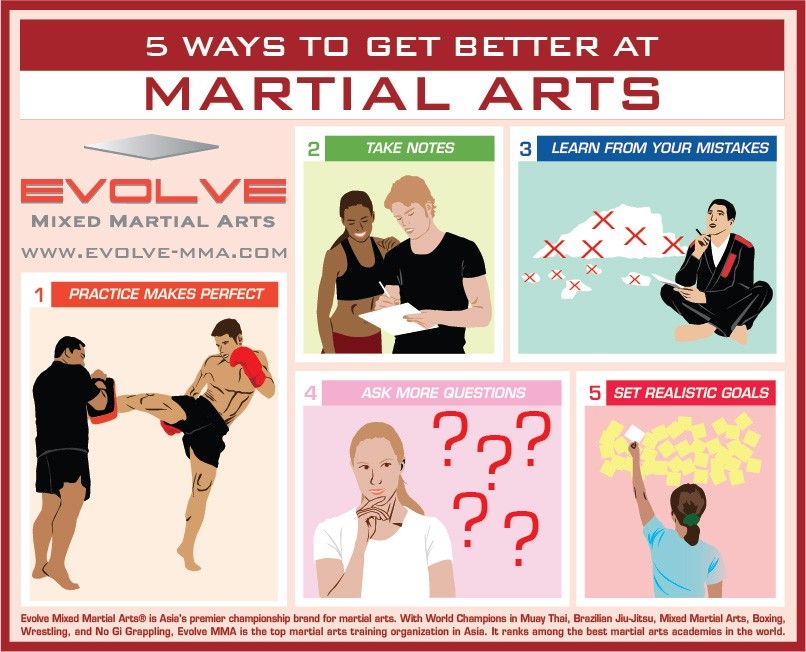The Development And Historical Context Of Martial Arts Worldwide
The Development And Historical Context Of Martial Arts Worldwide
Blog Article
emperado kajukenbo By-Chu Workman
Martial arts have a remarkable background that covers centuries and continents. You could discover it fascinating exactly how ancient techniques like Shuai Jiao and Kalaripayattu laid the groundwork for contemporary combat methods. These techniques not just highlight physical abilities however additionally reflect the cultures that birthed them. As you explore their evolution, think about how globalization has actually transformed these traditional forms right into crossbreed styles. What influences do you assume have shaped today's martial arts landscape?
Ancient Martial arts: The Structures of Battle
As you delve into the world of old martial arts, you'll uncover the rich structures that formed battle strategies throughout cultures. Early practices concentrated on Self-Defense and survival, frequently including strikes, grappling, and weapons.
In old China, for instance, methods like Shuai Jiao stressed tosses and joint locks, while India's Kalaripayattu showcased agility and fluid movement. Japanese samurai developed Kenjutsu, a polished swordsmanship that highlighted technique and strategy.
These martial arts offered not just for battle but also as a way of individual advancement, instilling values like respect and determination. The mixing of these strategies in time prepared for the diverse martial arts you see today, each showing the special ideologies and needs of its society.
The Social Influence on Martial Arts Advancement
While martial arts often show the functional needs of a culture, they also personify the social values and beliefs of their origins. When you explore various martial arts, you'll see just how they're influenced by faith, approach, and social norms.
For instance, the focus on respect and self-control in Japanese martial arts stems from Zen Buddhism and samurai culture. On the other hand, Brazilian Jiu-Jitsu promotes flexibility and strategy, shaped by the demand for effectiveness in a varied, modern setting.
You could discover that the routines, uniforms, and training techniques show a community's history and identity. By understanding these cultural influences, you deepen your appreciation of martial arts and their duty fit human experiences across the globe.
Modern Adaptations and the Globalization of Martial arts
Martial arts have transformed substantially in recent years, adjusting to modern society and international influences. You'll discover that typical types have blended with modern-day techniques, developing hybrid styles like mixed martial arts. These adjustments cater to diverse target markets, making martial arts obtainable and attractive worldwide.
With the increase of social media and electronic platforms, you can find tutorials and competitions from all corners of the globe, breaking geographical obstacles. This globalization has actually caused a common appreciation for various self-controls, from Brazilian Jiu-Jitsu to Taekwondo.
As you involve with these arts, you'll understand they're not almost combat; they promote physical fitness, discipline, and mental well-being.
Eventually, modern-day adjustments have enriched the martial arts landscape, making it a vibrant and developing practice.
Conclusion
In discovering the history and development of martial arts, you uncover a remarkable blend of techniques, societies, and approaches. From https://thebridge.in/featured/the-history-of-taekwondo-in-india/ -controls like Shuai Jiao and Kalaripayattu to the modern-day adaptability seen in mixed martial arts, martial arts mirror humanity's mission for Self-Defense and personal development. As you engage with these methods, you not just obtain skills however likewise a much deeper recognition for the diverse customs that shape our world today. So, continue your journey and embrace the art of battle!
